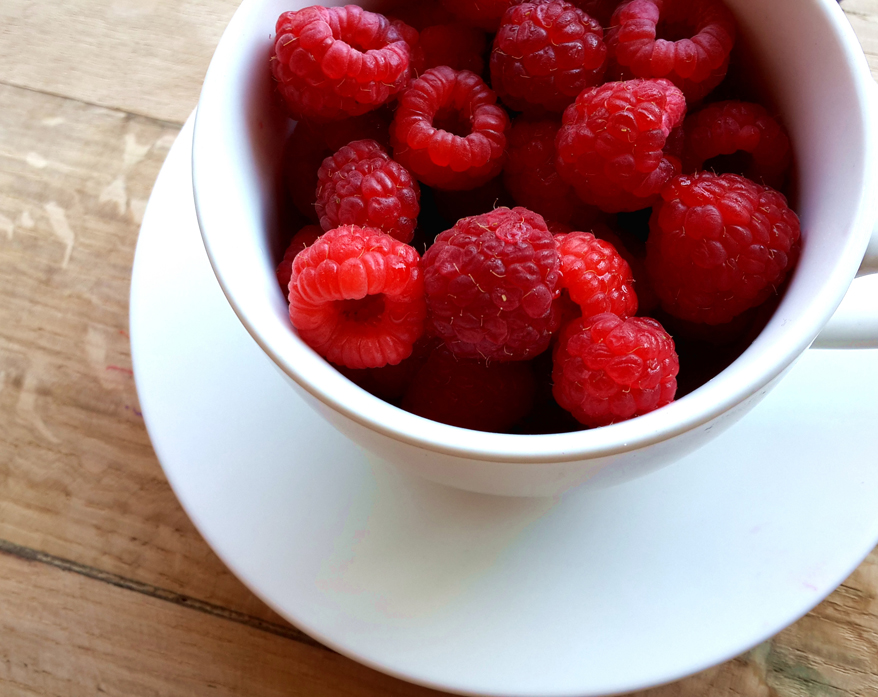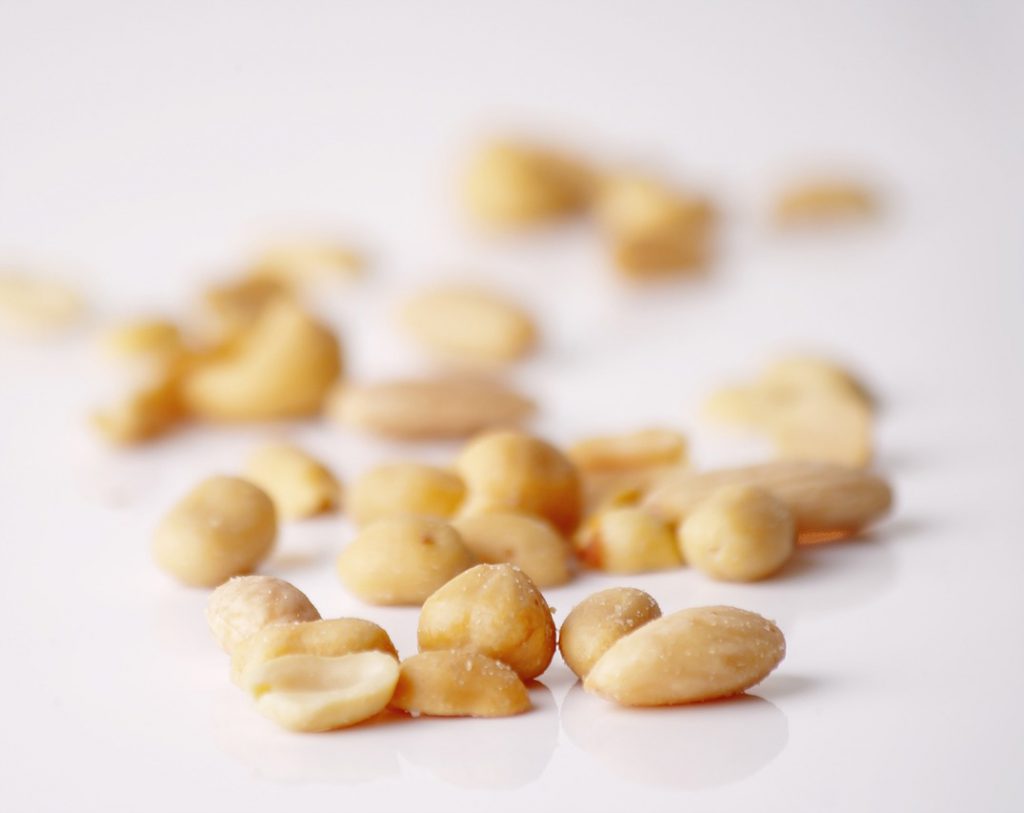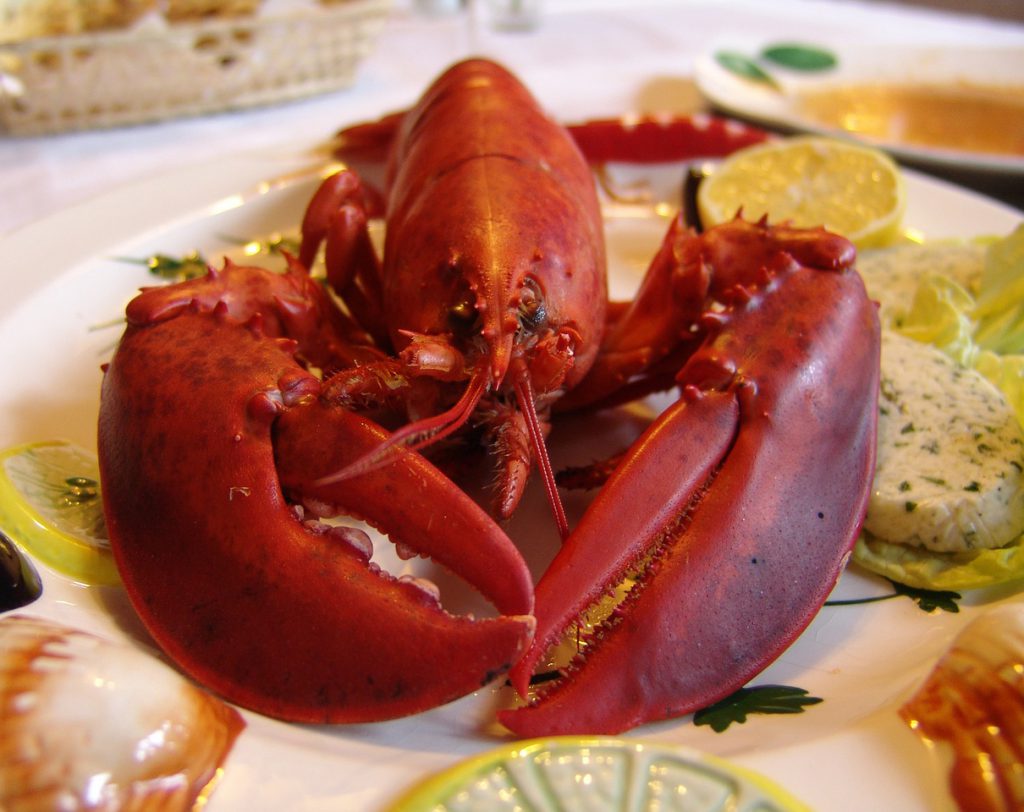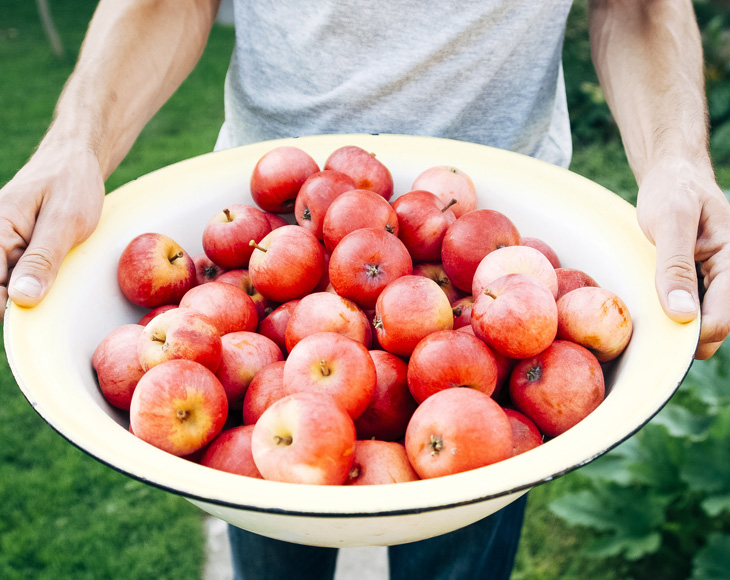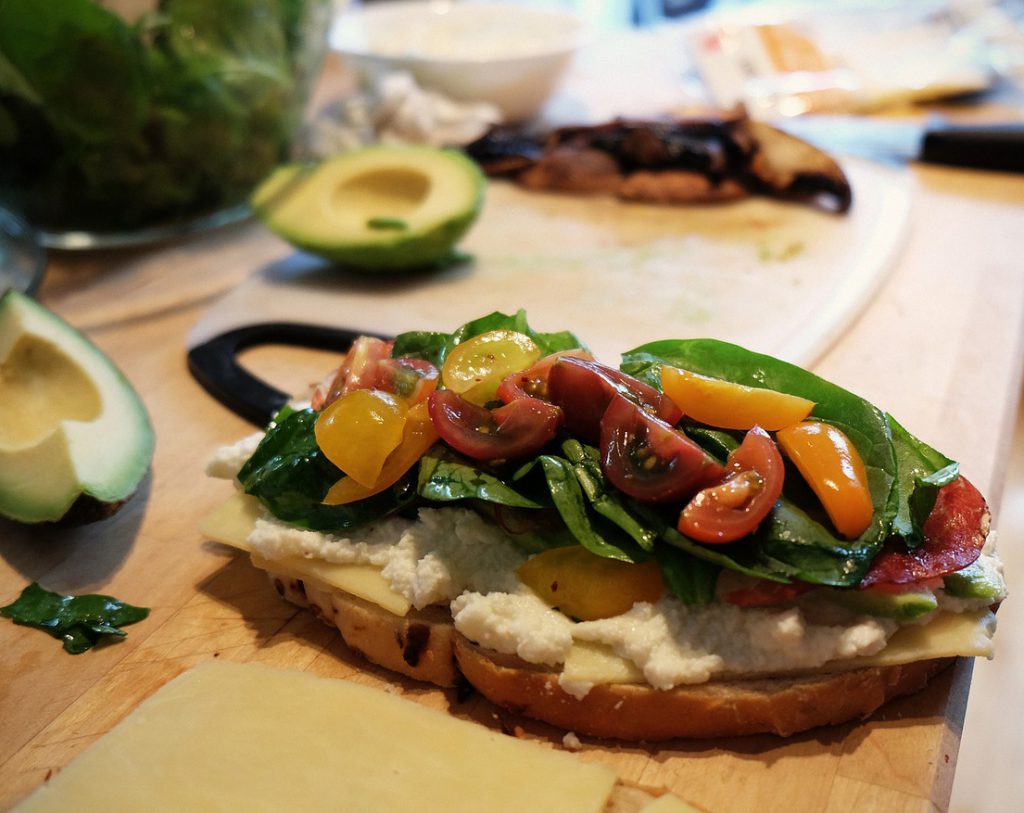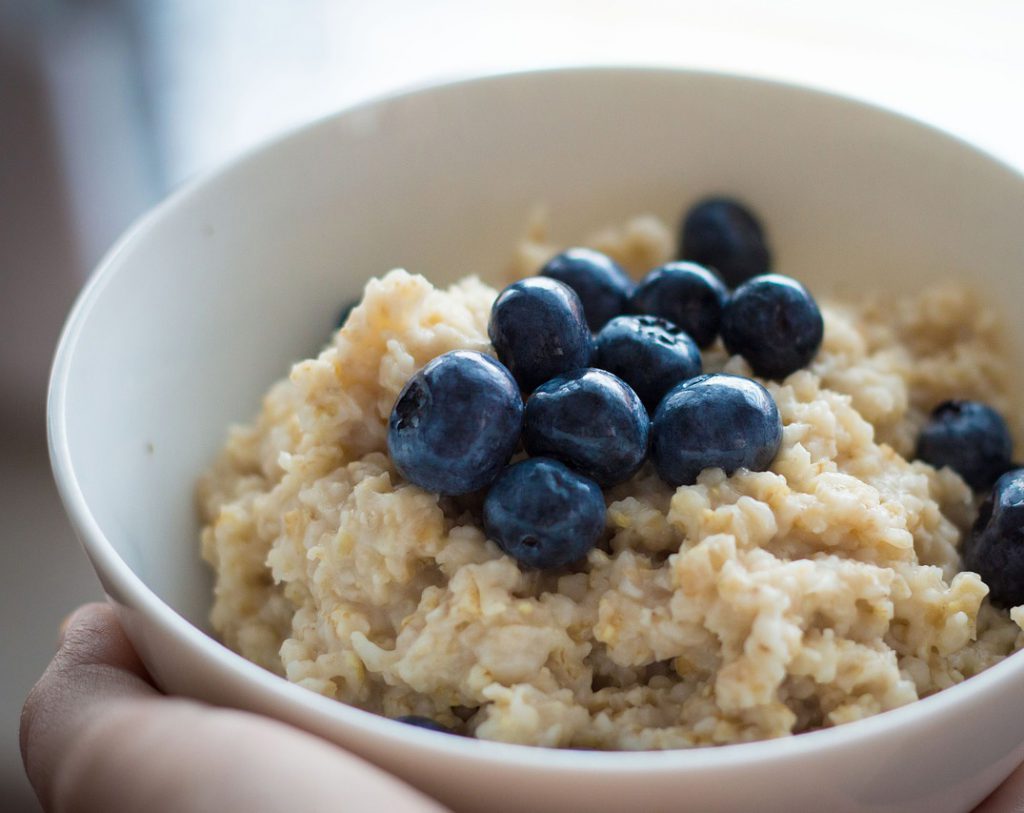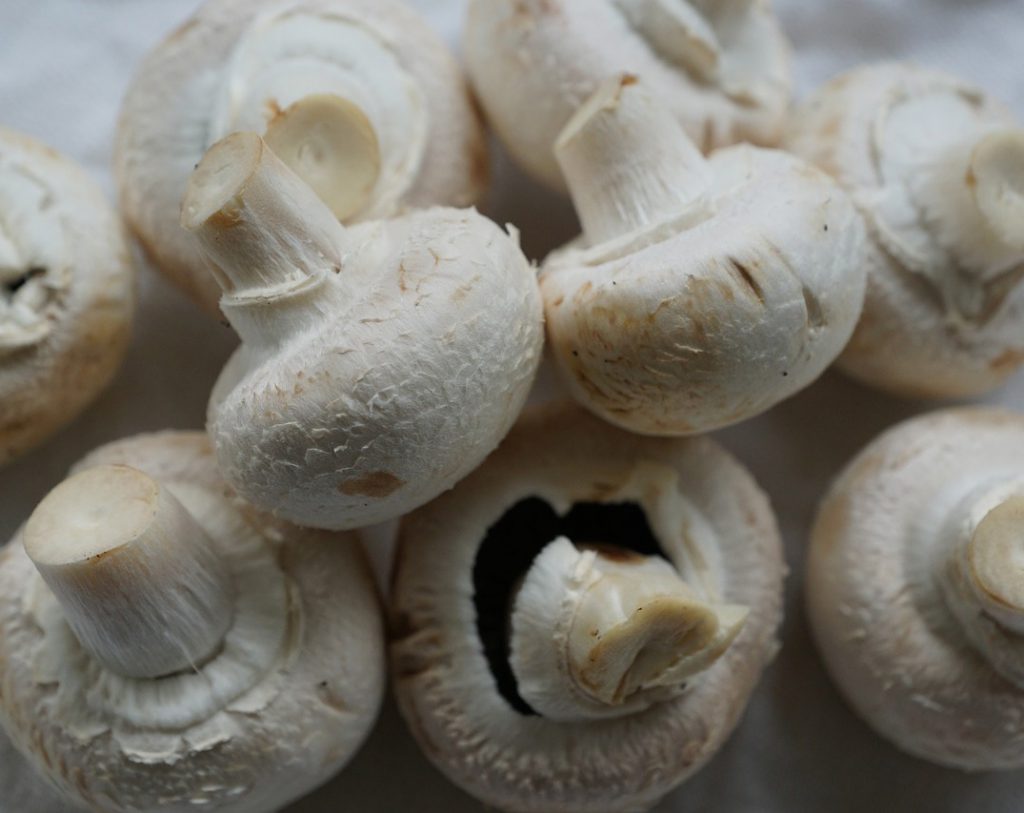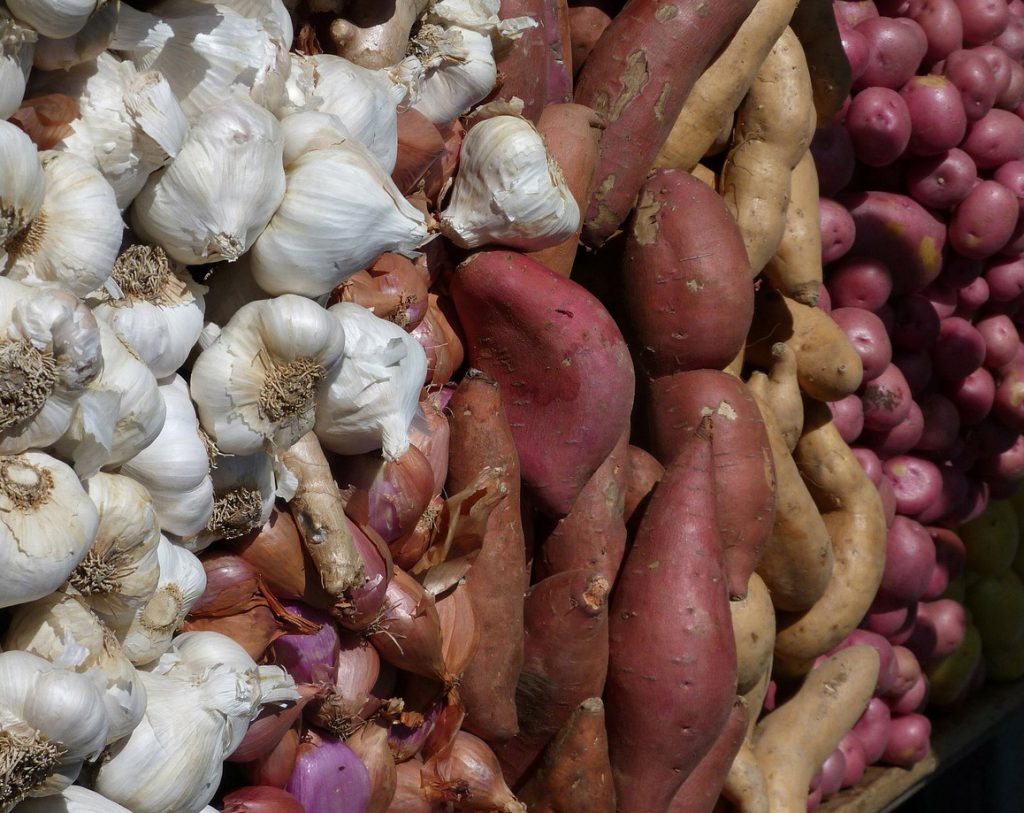10 Super Tasty Foods That Are Super Good For You
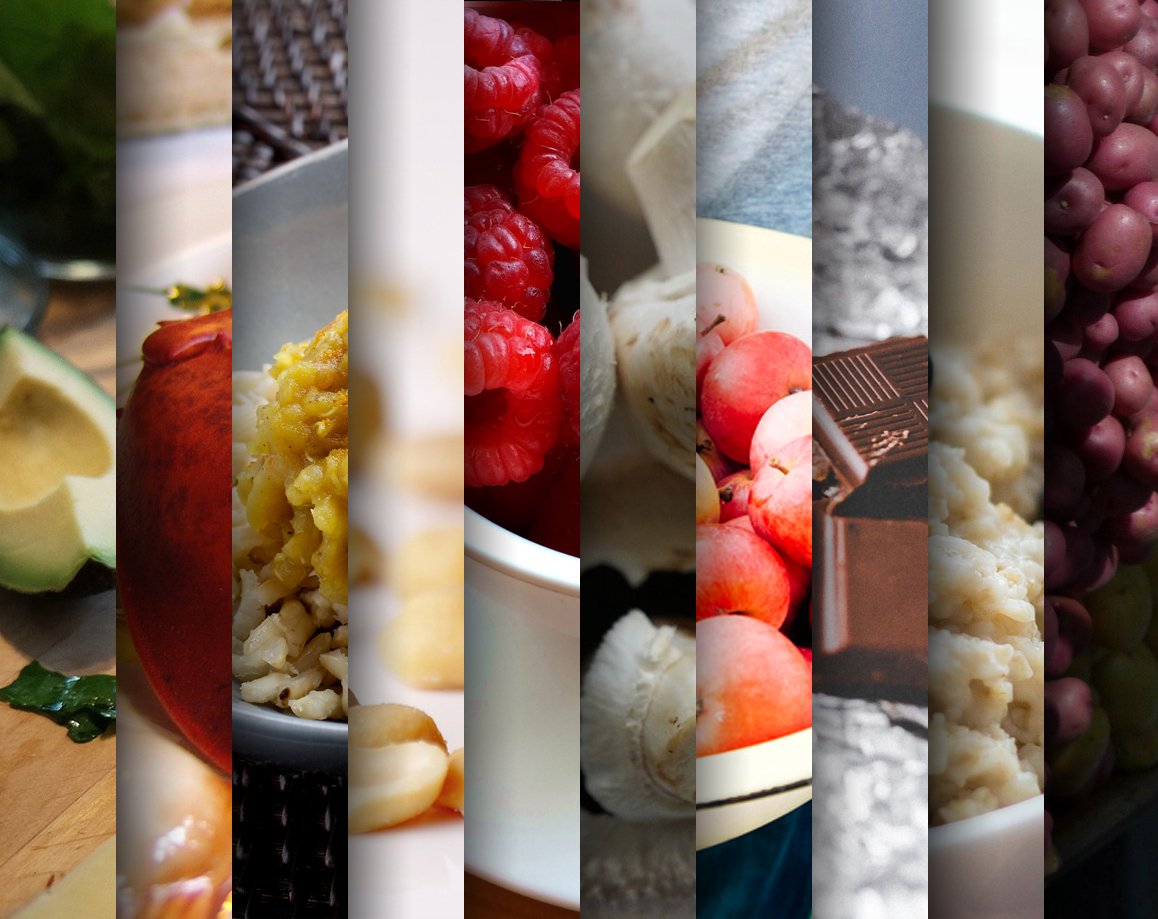
For once, forget all the restrictions. Here, foods that are super tasty – and super good for you.
- CHOCOLATE
Eating up to 100 g. – a whole large Lindt bar! – of chocolate every day is linked to lowered heart disease and stroke risk, according to an observational study reported recently in the journal Heart.
“Higher levels of consumption were associated with lower weight (BMI), systolic blood pressure, inflammatory proteins, diabetes and more physical activity – all of which add up to a favourable cardiovascular risk profile.”
Compared with those who ate no chocolate, eating lots of chocolate was linked to:
· An 11 per cent lower risk of cardiovascular disease and a 25 per cent lower risk of associated death
· A 9 per cent lower risk of hospital admission or death as a result of coronary heart disease
· A 23 per cent lower risk of stroke, even after taking account of other potential risk factors
And milk chocolate, usually thought to be less healthy than dark chocolate, might also be beneficial: “Not only flavonoids but also other compounds, possibly related to milk constituents, such as calcium and fatty acids, may provide an explanation.
2. BERRIES
Berry Good – Sweet dessert or snack that supports wellness
Strawberries, raspberries, blueberries, blackberries: they’re low glycemic index fruits shown to help improve both glycemic control and blood pressure in Type 2 diabetes.
And, they’re a top source of fiber and of antioxidants which protect against inflammation and free radicals and therefore are recommended as a food for easing arthritis symptoms.
Strawberries contain more vitamin C in a one-cup serving than one orange and are particularly high in folic acid.
Blueberries contain 20 types of anthocyanin – antioxidants that give berries their blue-violet and red colors. Other berries contain only three or four types.
Blackberries, Raspberries and Boysenberries each contains 8 grams of fiber in one cup.
To get the optimal health benefits of berries, recommends the U.S. Arthritis Foundation, “eat two to three types of fresh, frozen or dehydrated berries each day.”
3. NUTS
Go Nuts –and Make Mine Macadamia!
Nuts and seeds are chock full of good stuff: fiber, protein, Omega-3 fatty acids, and micronutrients like manganese, copper, magnesium, vitamin E and riboflavin.
According to the Mayo Clinic:
• People who eat nuts as part of a heart-healthy diet can lower the LDL (or “bad”) cholesterol level in their blood.
• Eating nuts may reduce your risk of developing blood clots.
• Nuts also appear to improve the health of the lining of your arteries.
How do they do it?
• Omega-3 fatty acids help prevent dangerous heart rhythms that can lead to heart attacks. Omega-3 fatty acids are also found in many kinds of fish, but nuts are one of the best plant-based sources.
• Fiber helps lower your cholesterol and makes you feel full. Fiber is also thought to play a role in preventing diabetes.
• Vitamin E may help stop the development of plaques in your arteries.
• Plant sterols can help lower your cholesterol. Plant sterols are often added to products like margarine and orange juice for additional health benefits, but sterols occur naturally in nuts.
• L-arginine may help improve the health of your artery walls by making them more flexible and less prone to clots.
Some sources suggest that, among all the terrific nutrition nuts supply, the Omega-6 polyunsaturated fat that’s significant in such nuts as walnuts, pecans and Brazil nuts may not be a plus. The nut that has the least is macadamia — super yummy and super good for you!
To sum it up:
Men and women who eat at least 10 grams of nuts or peanuts (but NOT peanut butter) per day have a lower risk of dying from several major causes of death than people who don’t consume nuts or peanuts, reports the International Journal of Epidemiology
.
4. LOBSTER
Lovin’ Lobster!
Eat a cup of boiled or steamed lobster meat (hold the butter) – about the equivalent of four 1 to 1/12 pound lobsters — and you’re consuming 28 grams of protein but less than 150 calories.
A lobster on the plate is almost pure protein, once you get past the hard case – no carbs, no fat and, we need not note, no gluten.
That tasty pile of lobster chunks also provides loads of B vitamins and 10 per cent of your daily Vitamin E, a potent antioxidant.
But the lobster really comes into its own when it comes to minerals: valuable amounts of phosphorus, magnesium, potassium and zinc.
One caveat used to be the amount of cholesterol – 71 per cent of recommended daily intake.
But the warnings about cholesterol intake are being dropped as researchers have found that cholesterol in the diet doesn’t affect the level of cholesterol in the blood in healthy people.
Another caveat is salt. That cup of lobster has about 30 per cent of recommended daily salt intake. So go without the salted butter.
5. APPLES
You already know they’re good for you and pleasing to the palate but …
Did you know that –according to Medical News Today, which ranks apples as the Number One healthiest food based on research studies– apples can potentially:
• Have the same effect as statins in preventing vascular deaths.
Oxford University researchers found that eating an apple everyday could be just as effective as statins in preventing vascular deaths among people over 50.
• Improve neurological health
The fruit contains an antioxidant called “quercetin” which reduces cellular death caused by oxidation and inflammation of neurons.
• Prevent dementia
Apples may help protect neuron cells against oxidative-stress-induced neurotoxicity..
• Reduce risk of stroke
A study involving 9,208 men and women showed that those who ate the most apples over a 28-year period had the lowest risk for stroke.
• Lower levels of bad cholesterol
A study showed that older women who ate apples everyday had 23 per cent less bad cholesterol (LDL) after six months.
• Reduce the risk of diabetes
People who ate three servings per week of apples, grapes, raisins, blueberries or pears had a 7 per cent lower risk of developing Type 2 diabetes compared to those who did not.
6. CURRIED LENTILS WITH BROWN RICE
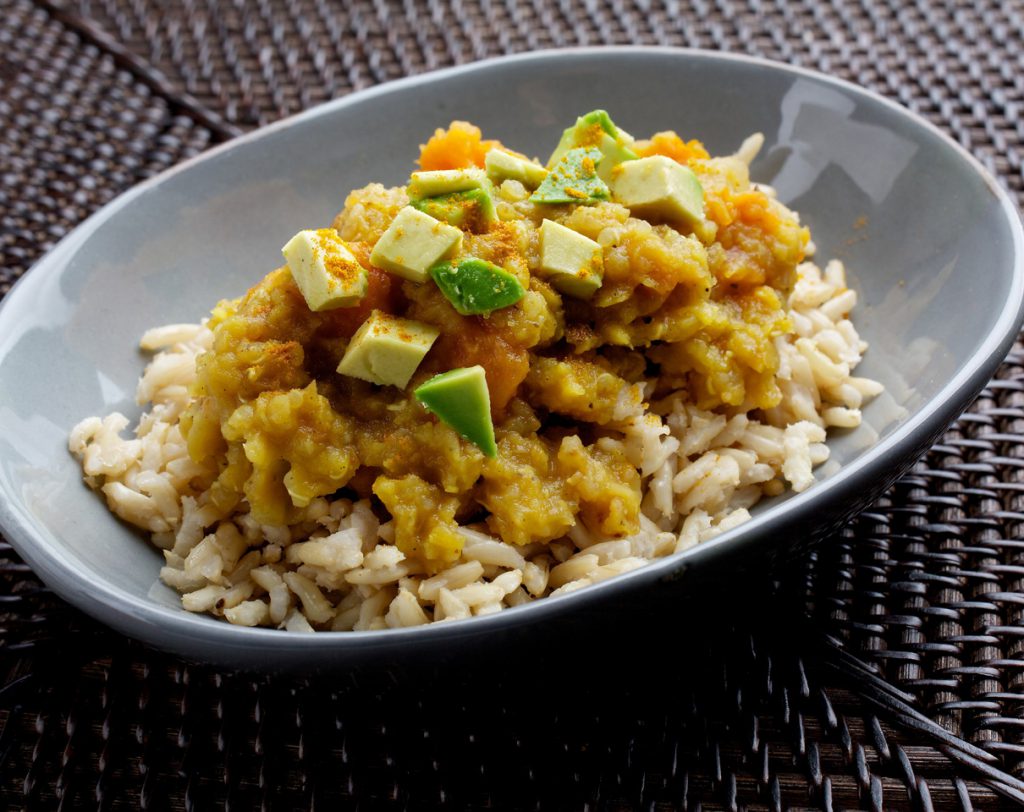
Spiced Lentil and Quinoa Stew photographed in Washington, DC. Tableware from Crate and Barrel. Photo by Deb Lindsey/For The Washington Post via Getty Images)
This tasty simple-to-fix main dish provides a triple whammy of nutrition. It’s a grand slam!
Curry’s turmeric is loaded with curcumin which significantly increases a protein in the body that boosts the immune system.
Plus, it helps the body battle bacteria and viruses.
Lentils: these mighty little legumes are very high in fiber that lowers cholesterol and prevents blood sugar levels from rising rapidly after a meal.
They’re also a terrific source of B-vitamins and protein and yet a whole cup of cooked lentils amounts to a mere 230 calories, and no fat.
But wait, there’s more!
The dietary fiber is both the soluble kind that transports cholesterol out of the body and the insoluble kind that helps scour the digestive tract and prevent its disorders.
In one study, lentils, like other legumes, were found to be associated with a stunning 82 per cent reduction in risk of death from heart disease!
In a study of almost 10,000 American adults followed for 19 years. people eating the most fiber — 21 grams per day — had 12 per cent less coronary heart disease (CHD) and 11 per cent less cardiovascular disease (CVD) compared to those eating the least, 5 grams daily.
Lentils also supply significant amounts of folate and magnesium.
Magnesium, abundant in lentils, is a natural dietary calcium channel blocker. When enough magnesium is around, veins and arteries relax, improving the flow of blood, oxygen and nutrients throughout the body.
Need we say more?
Yes!
Lentils are rich in iron which keeps hemoglobin happy and healthy, just as red meat does, but without the fat, calories and flesh.
Now plop those delicious curried lentils on a bed of brown rice and you’ve got a nutrient home run.
White rice doesn’t even make it to first base. The milling and polishing that converts brown rice into white rice destroys 67 per cent of the vitamin B3, 80 per cent of the vitamin B1, 90 per cent of the vitamin B6, half of the manganese, half of the phosphorus, 60 per cent of the iron, and all of the dietary fiber and essential fatty acids.
Brown rice is nature’s gift to your colon. Because besides being a concentrated source of the fiber needed to minimize the amount of time cancer-causing substances spend in contact with colon cells, it’s also a good source of selenium, a trace mineral that has been shown to substantially reduce the risk of colon cancer.
Selenium can repair damaged cells, holding up a stop sign to the proliferation of cancer cells, and even inducing them to self-destruct.
It also works with vitamin E as a powerful antioxidant throughout the body, helpful in preventing heart disease, and for decreasing the symptoms of asthma and inflammation.
Magnesium is another valuable mineral abundant in brown rice.
Memo to postmenopausal women with high cholesterol, high blood pressure or other signs of cardiovascular disease (CVD): fix this dish for dinner – and eat brown rice at least six times a week.
A study of over 200 postmenopausal women with CVD, published in the American Heart Journal, shows that those eating at least 6 servings of whole grains each week experienced both:
• Slowed progression of atherosclerosis, the build-up of plaque that narrows the vessels through which blood flows, and
• Less progression in stenosis, the narrowing of the diameter of arterial passageways.
The women’s intake of fiber from fruits, vegetables and refined grains, on the other hand, was not associated with a lessening in CVD progression.
7. AVOCADO ON WHOLE WHEAT TOAST
A toast to avocados!
The little gnomish green fleshy fruit is almost the equivalent of a whole shelf at the health food store!
Okay, a medium avocado does have 250 calories – but it also has 20 different minerals and vitamins.
To wit: Vitamins C, E, K, and B-6, as well as riboflavin, niacin, folate, pantothenic acid, magnesium and potassium, lutein, beta-carotene and omega-3s.
And don’t be concerned about the 20 to 25 grams of fat. It’s mostly good fat and helps the body absorbs the valuable carotenoids.
Here’s a tip: the flesh closest to the skin is highest in nutrients so peel your ‘cado like a banana or scoop and scrape right down to the skin.
Now mash and spread that lovely creamy good stuff on a slice of whole wheat toast. You already know the benefits of whole grains because we extolled them in the previous ode to brown rice.
But beware! Everything that looks like whole wheat or claims to be whole wheat may not be authentic. Molasses may be used to darken the bread to fool the eye. Also, in Canada, it’s legal to advertise any food product as “whole wheat” even if up to 70 per cent of the wheat germ has been removed.
Repeat after me: It’s only whole grain if the label says it’s 100 per cent whole-grain whole wheat.
8. STEEL CUT OATMEAL WITH CINNAMON
What’s with steel cut? Why does breakfast have to involve swashbuckling? Rolled oats seem so much more submissive.
The fact is that rolled oats and steel cut oats are the same whole grain food, providing excellent nutrition and loads of fiber.
The difference is in the way they’re processed. Rolled oats are steamed, rolled, steamed again and toasted, ending up as thin flakes that take less time to cook. Steel cut oats are made from oat kernels that have only been chopped into thick pieces. Less processed, they take longer to cook and have a chewier texture.
The thickness causes the kernels to linger a little longer in the digestive system and this gives them a slightly lower Glycemic Index, which is why they’re considered somewhat healthier.
Cinnamon, according to the U.S. National Library of Medicine is used to help treat muscle spasms, diarrhea, vomiting, infections, the common cold, loss of appetite, and erectile dysfunction.
Does it actually have any effect on these conditions? Evidence is lacking.
But there is some evidence that cinnamon may lower blood sugar in people with type 1 or type 2 diabetes, according to Diabetes UK.
Also, a study published in Diabetics Care concluded that “the inclusion of cinnamon in the diet of people with type 2 diabetes will reduce risk factors associated with diabetes and cardiovascular diseases.”
And a chemical found in Cassia cinnamon can help fight against bacterial and fungal infections, advises the U.S. National Institutes of Health.
9. MUSHROOM OMELET
Which domes first – the mushroom or the egg?
Gram for gram, an egg may be the healthiest food you can eat.
Now that dietary cholesterol is no longer a concern, an egg is all good.
How good?
Eggs are considered to be one of the best sources of protein available, reports Medical News Today.
One medium-sized egg typically contains 5.5 g of protein. In fact, nutritionists often use eggs as a point of comparison when assessing whether another food is a good source of protein or not.
But that’s not all. Eat an egg and you’re getting all of the following: Vitamin A, Vitamin B2 (riboflavin), Vitamin B12, Vitamin B5 (pantothenic acid), Vitamin D, Vitamin E, Biotin, Choline, Folic Acid, Iodine, Iron, Phosphorus, Selenium, Lutein and zeaxanthin (the last two help maintain normal vision and protect from age-related eye disease.)
Now sizzle some mushrooms in a bit of olive oil and then pour a couple of whisked eggs into the pan for scrambled eggs – or use the shrooms as a filling for an omelet.
Why shrooms?
Mushrooms, it’s been said, are some of the most potent natural medicines on the planet.
But pick and choose carefully. Mushroom and health expert Dr. Andrew Weil advises that the button, cremini and portobello mushrooms common at the supermarket shouldn’t be eaten raw because of possible carcinogenic properties which are broken down when they’re cooked.
Instead, he highly recommends:
Shiitake: They contain a substance called eritadenine, which encourages body tissues to absorb cholesterol and lower the amount circulating in the blood. Shiitakes also have antiviral and anticancer effects.
Enoki: They have significant anticancer and immune-enhancing effects.
10. ROASTED GARLIC AND ROOT VEGETABLES WITH OLIVE OIL
The rooties include potatoes, sweet potatoes, carrots, parsnips, turnips, rutabagas and beets.
They’re all ridiculously healthy because they’re full of fiber and slow-digesting carbohydrates.
But beets are especially blessed, suggests nutrition guru Dr. Andrew Weil.
He explains that, unlike most other red vegetables, which are coloured by anthocyanins, beets get their hue from pigments called betalains, which range in color from red-violet to yellow.
Betalains, in addition to their antioxidant and anti-inflammatory properties, trigger a family of enzymes that binds toxic substances in cells, neutralizing and allowing them to be excreted from the body.
Olive oil needs no introduction as a hyper health food. You already know it’s loaded with healthy monounsaturated fats and anti-oxidants. But did you know that its phytonutrient, oleocanthal, mimics the effect of ibuprofen in reducing inflammation?
And as for garlic, well, it’s good for just about everything.
It’s so good that Canadian author Liz Primeau has written a whole book about it: In Pursuit of Garlic: An Intimate Look at the Divinely Odorous Bulb
Garlic’s health benefits come from potent anti-cancer compounds, immune-strengthening molecules and the heart disease-preventing antioxidants it contains, says Dr. Weil.
• Harvard Health states that garlic can also aid in fighting off infections from viruses and fungi. A study on garlic and the common cold was done in 2001 in the United Kingdom and published in the journal Advances in Therapy. People who took garlic from November to February caught fewer colds and had cold symptoms for a shorter duration than those not taking garlic.
• A study published in the American Journal of Clinical Nutrition showed a lower risk of cancer in people living in southern Europe who consume garlic. The greater the frequency of consuming either raw or cooked garlic, the less colorectal, liver or pancreatic cancer developed. Garlic also contains six different phenylpropanoids, which are antioxidants that scavenge cancer-causing free radicals.
• In a study published in Lipids in Health and Disease, researchers found consuming garlic significantly reduced risk of cardiovascular disease by reducing LDL, cholesterol. Garlic has also been attributed with lowering blood pressure, preventing hardening of arteries, lowering triglyceride levels and reducing blood clots.
All of these benefits, advises Dr. Weil, mean eating garlic regularly can reduce the risk of heart attack and stroke.
In fact, Dr. Weil is such a fan of rooties, garlic and olive that his website provides this recipe to roast them altogether for a very yummy dish:
Ingredients
2 pounds root vegetables (use potatoes, sweet potatoes, carrots, parsnips, turnips, rutabagas, beets), peeled and cut into 1-inch pieces
1 medium onion, peeled and cut into 1/3-inch wedges
1 tablespoon extra-virgin olive oil
Salt to taste
1 head garlic, separated into cloves and peeled
Chopped fresh herbs like rosemary, or balsamic vinegar (optional)
Instructions
1. Heat oven to 400 degrees. Place the root vegetables and onion in a roasting pan.
2. Toss the vegetables with the olive oil and salt to taste. Do not crowd the vegetables.
3. Roast the mixture for a total of 45-50 minutes, stirring every 15 minutes. After 30 minutes, scatter the garlic cloves in with the vegetables. Continue stirring every 15 minutes until the vegetables are tender and evenly browned.
4. Before serving, add a sprinkling of fresh chopped herbs or balsamic vinegar, if you like for additional flavor.

